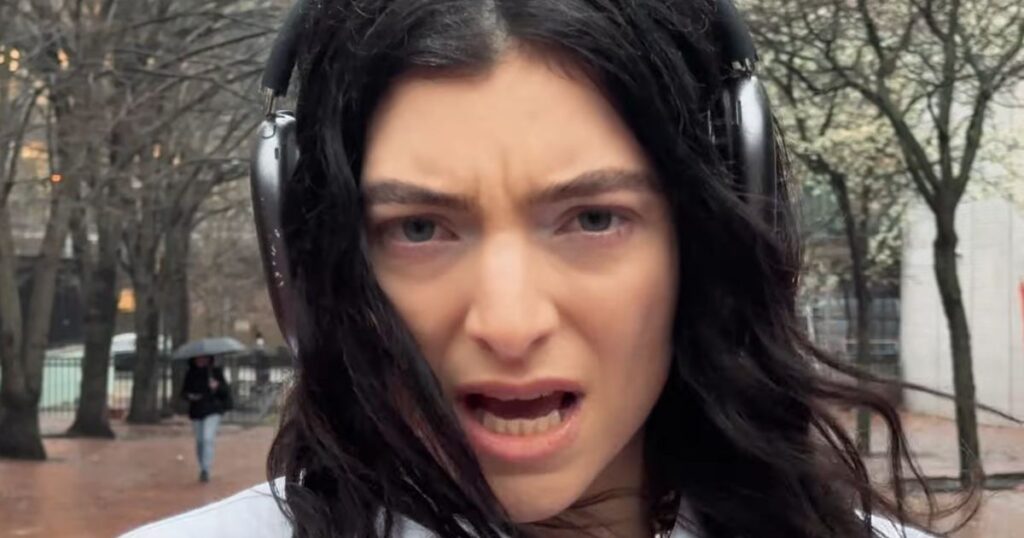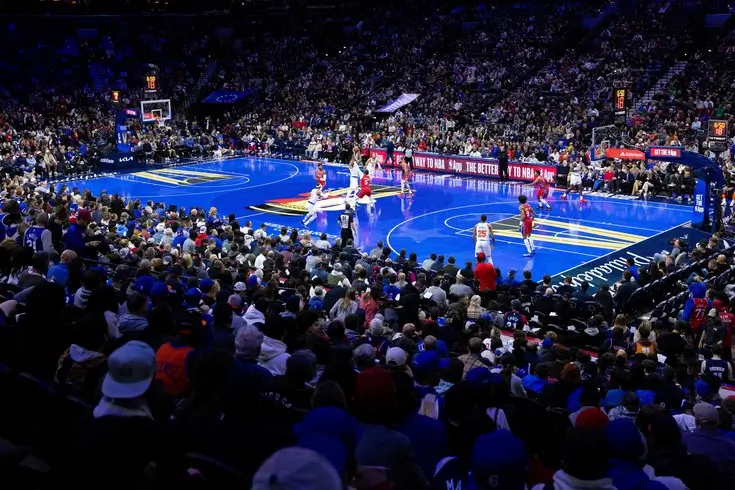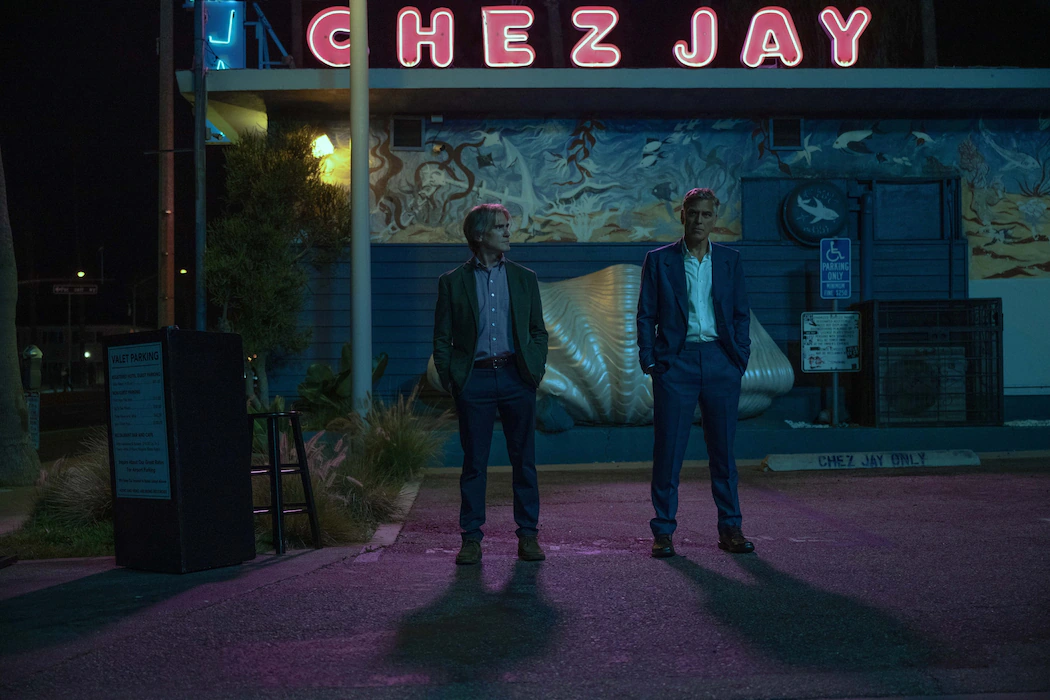Lorde has always carried a certain clairvoyance. Across each of her releases, she has captured moments of youthful frenzy, heartbreak, and existential quiet with an immediacy so piercing it feels almost whispered from the future. Now, with the unveiling of her newest single, “What Was That,” Lorde offers yet another lens — one fogged by emotional debris, yet sharpened through self-examination. It is a song not of spectacle but of slow-burning reckoning, a subtle yet seismic shift signaling a new creative era for the New Zealand artist.
Released on April 24, 2025, “What Was That” marks Lorde’s first original material since her sun-drenched 2021 album Solar Power. Where that project drifted languorously on acoustic tides, What Was That surges with synths — turbulent, pulsing, kinetic. Produced alongside Jim-E Stack and Dan Nigro, the song embraces a lush electronic palette that is more reminiscent of the crystalline heartbreaks chronicled on Melodrama than the breezy warmth of her previous work. Yet What Was That is no simple retracing. Instead, it captures an artist grappling with the dissolution of both relationship and self-perception, searching not for clarity, but for acceptance of life’s messier aftermaths.
The narrative framing of “What Was That” is deceptively simple: a retelling of intense, fleeting moments that, in hindsight, feel both luminous and indecipherable. Lorde’s lyricism paints with a brush dipped in memory’s most volatile pigments. “MDMA in the back garden, blow our pupils up,” she sings with almost clinical detachment, her voice lingering somewhere between euphoria and exhaustion. “We kissed for hours straight, well, baby, what was that?” The phrasing alone — truncated, gasping — mirrors the confusion of trying to map an emotional event too overwhelming to fully comprehend.
It is the kind of writing that Lorde has honed over a decade: impressionistic yet piercing, using personal anecdote as a doorway into something universally acheful. References to specific locales like Brooklyn’s Baby’s All Right — a longtime haunt for emerging artists and late-night revelry — anchor the song in reality. Yet the memories themselves feel dreamlike, submerged beneath layers of regret and yearning. The genius of What Was That lies in this balancing act: between specificity and haze, between recounting and reliving.
The production mirrors this emotional push-pull with startling precision. The track opens with tentative synth flourishes before building into a shuddering, almost relentless beat, its textures both expansive and suffocating. As the song progresses, Lorde’s voice strains against the growing sonic tide, at once intimate and drowning. If Solar Power was about seeking peace in sunlight, What Was That suggests that even after the sun sets, the shadows we carry remain.
Contextually, the song arrives after a period of profound personal upheaval for Lorde. In candid reflections shared ahead of the release, she revealed that late 2023 had brought about the end of a long-term relationship and significant changes to her physical and emotional health, including the discontinuation of birth control. These experiences, while deeply private, imbue the track with an added sense of urgency. There is no melodramatic collapse here, no tabloid-ready spectacle — just the quiet devastation of feeling unmoored from one’s own narrative.
Adding another layer to the song’s resonance was its unconventional release celebration. Choosing spontaneity over spectacle, Lorde staged an impromptu performance in New York City’s Washington Square Park. The event, initially stifled by authorities due to permitting issues, quickly morphed into a mythic evening when Lorde returned hours later to perform atop a makeshift platform — a literal table — for a small group of fans. Grainy videos from the night capture the rawness of the moment: no elaborate stage setup, no security barricades — just Lorde, her music, and the night air trembling with shared catharsis.
This guerrilla performance was not merely a marketing gimmick. It reflected the emotional ethos of What Was That: imperfect, ephemeral, charged with the unspoken understanding that some things are most beautiful precisely because they are fleeting. In an era when pop stars are often ensnared in their own mythologies, Lorde’s choice to collapse the distance between herself and her audience feels quietly radical.
Looking ahead, “What Was That” functions as the lead single from her forthcoming fourth studio album, though official details about the project remain closely guarded. If the single is any indication, Lorde’s new era will neither wholly return to her past sonic palettes nor completely abandon the spiritual wanderings of Solar Power. Instead, she appears poised to forge something new: a soundscape attuned to the complexities of adulthood, where joy and grief often cohabitate and where growth is measured less by triumphant anthems than by surviving the quieter devastations.
There is a bravery in this kind of creative honesty — the willingness to present not triumph, but trembling. Lorde has always excelled at narrating the gray areas: the messy fallout after the highs, the strange stillness that follows intense connection. What Was That does not offer resolution, and it doesn’t need to. Its power lies in its refusal to force meaning onto experiences that resist neat interpretation.
In a cultural moment increasingly obsessed with instant clarity, Lorde’s refusal to sanitize or simplify emotional reality feels almost subversive. Through “What Was That,” she reminds listeners that some questions are worth asking even if they remain unanswered — that some love stories are beautiful not because they were lasting, but because they burned so briefly and so brightly.
“What Was That” is, in its essence, a memory song: a snapshot of a past self, blurred at the edges, trembling with the weight of what it meant — or perhaps, what it failed to mean. It is Lorde at her most vulnerable, and paradoxically, her most commanding. As the synths swell and collapse, and her voice stretches against the pull of memory, one thing becomes unmistakably clear: this is not a return to form for Lorde. It is a return to truth.
And in that truth, however jagged, she finds her way forward — not with certainty, but with something perhaps even more vital: the willingness to ask, again and again, “What was that?” even when the answer remains just out of reach.
No comments yet.








